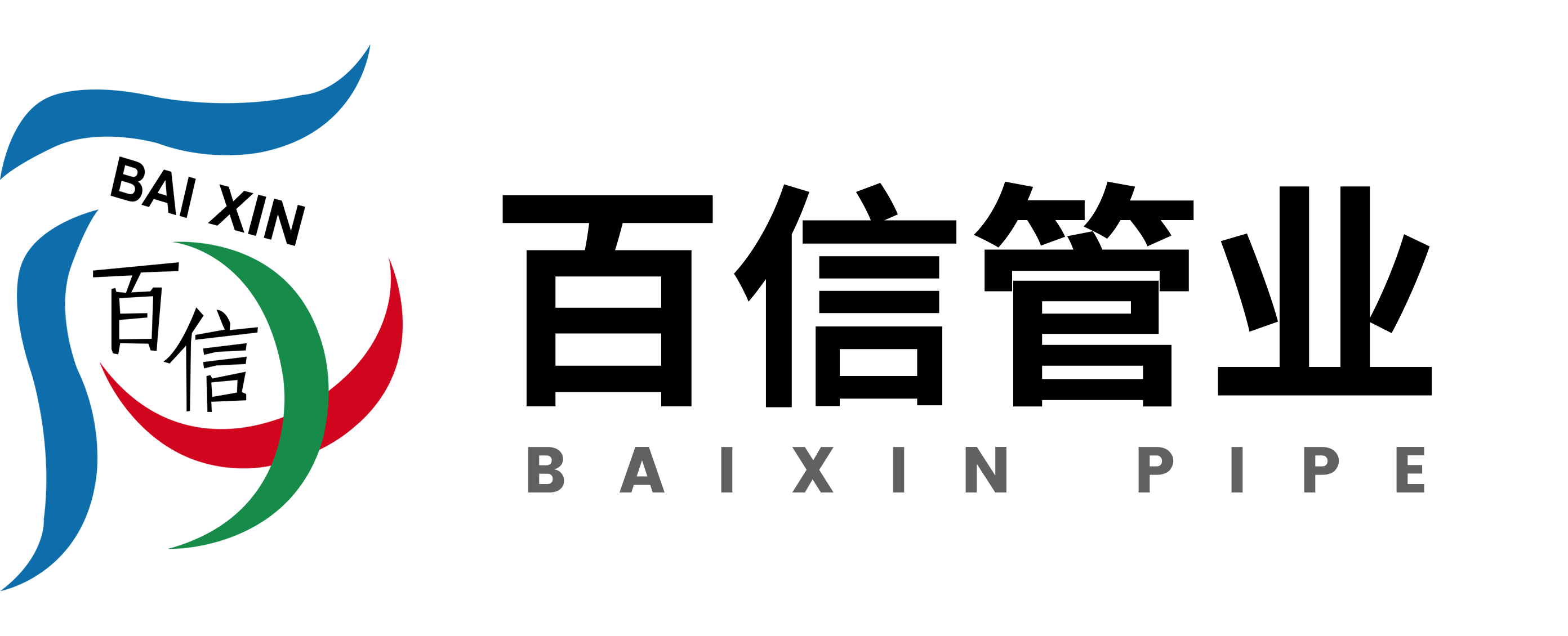
Baixin Pipe
Blog Details
22
2025
-
08
Intelligent Development Trends of Rubber and Plastic Pipelines
In today's era of rapid technological advancement, the rubber and plastic products pipeline industry is also keeping pace with the times, gradually showing a trend towards intelligent development. This trend not only brings transformation to the production, installation, and operation of rubber and plastic pipelines but also provides more possibilities for their application in various fields.
In today's era of rapid technological advancement, the rubber and plastic products pipeline industry is also keeping pace with the times, gradually showing a trend towards intelligent development. This trend not only brings transformation to the production, installation, and operation and maintenance of rubber and plastic pipelines but also provides more possibilities for their application in various fields.
In the production process, intelligent technology makes the manufacturing of rubber and plastic pipelines more precise and efficient. By introducing automated control systems and intelligent sensors, production equipment can monitor and adjust production parameters in real time, such as temperature, pressure, and extrusion speed. If parameter deviations occur, the system can automatically correct them to ensure product quality stability. For example, during the extrusion molding process of rubber and plastic pipelines, intelligent sensors can accurately measure the pipe wall thickness and outer diameter. When dimensional deviations exceed allowable limits, the automated control system immediately adjusts the screw speed and mold temperature of the extruder to ensure that every produced pipe meets quality standards. This intelligent production method greatly improves production efficiency, reduces waste rates, and lowers production costs.
In terms of installation, the application of intelligent tools and technologies also brings convenience to the installation of rubber and plastic pipelines. Some companies have developed installation equipment with intelligent positioning functions that can quickly and accurately determine the installation location of pipelines, reducing errors from manual measurement and positioning. At the same time, using virtual reality (VR) and augmented reality (AR) technologies, installers can simulate and rehearse the installation process through virtual models before actual installation, becoming familiar with complex installation environments and steps in advance, thereby improving installation accuracy and efficiency. For example, in some large construction projects, installers use AR glasses to see the pipeline installation positions and routes in real time on the construction site, as well as their spatial relationships with other building structures, enabling more efficient completion of installation work.







